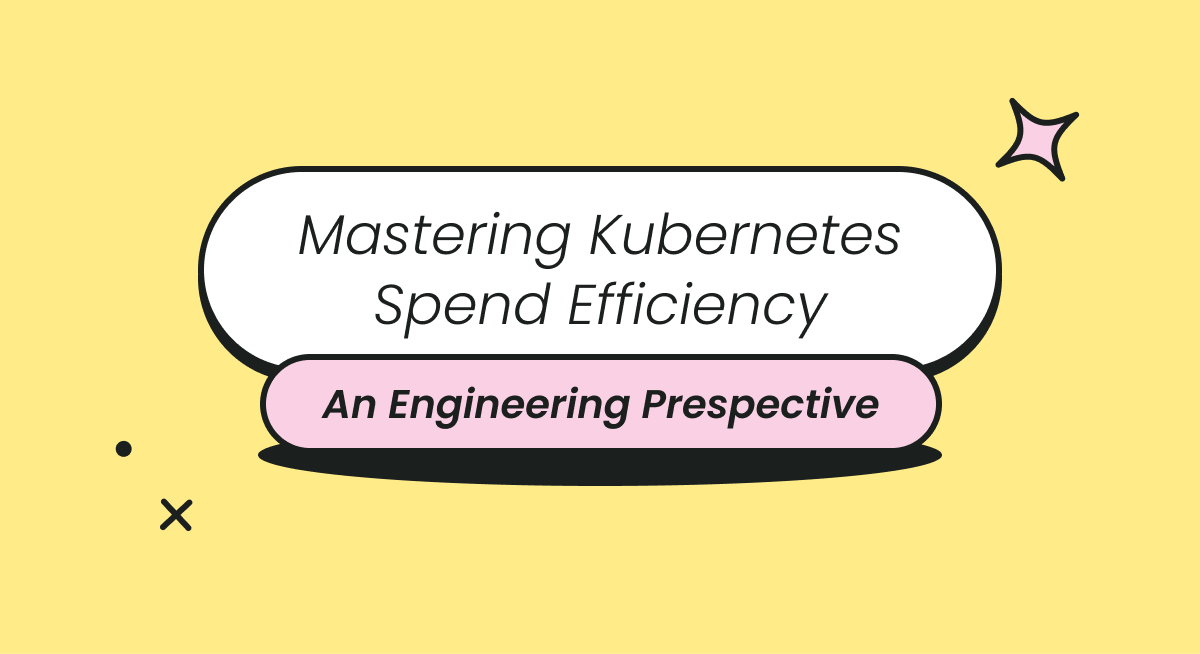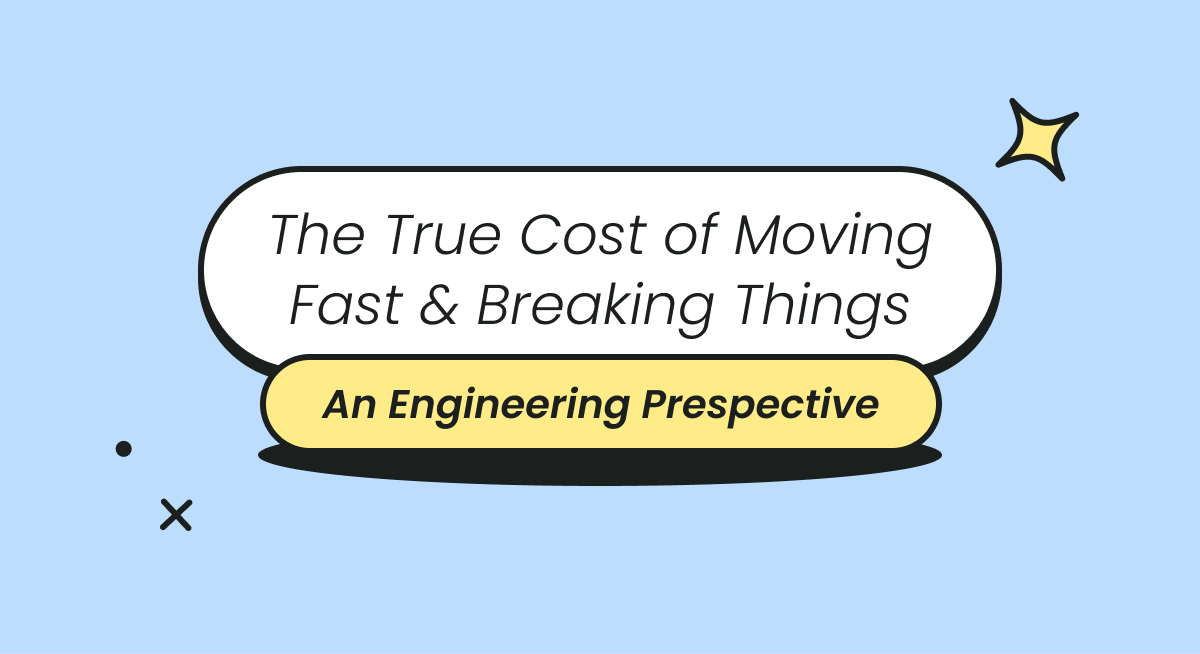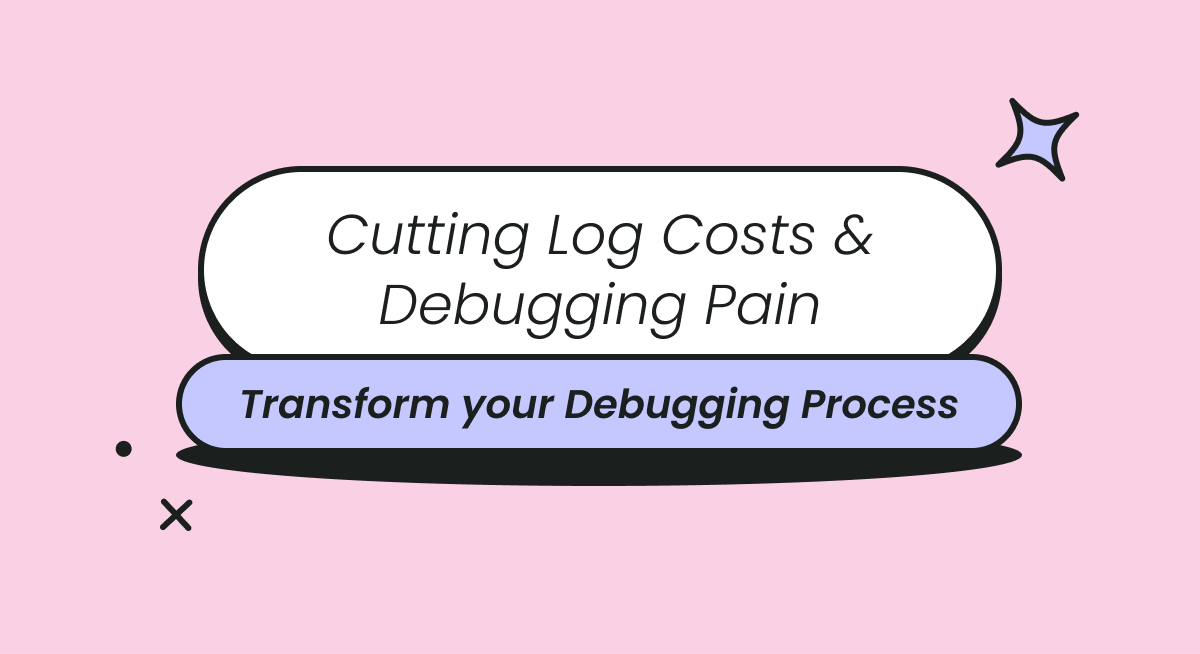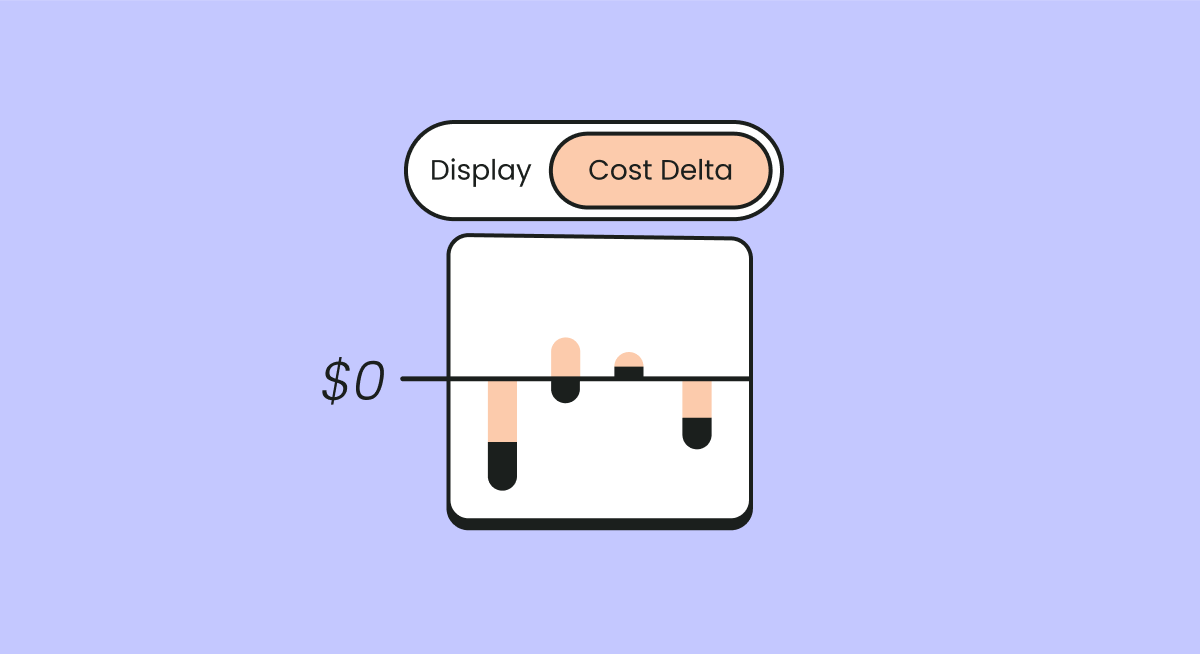Understanding and Optimizing Google Cloud Storage Costs: A FinOps Perspective
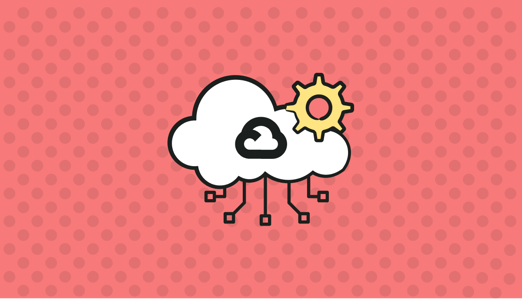
As a Product Marketing Manager at Finout, a leading FinOps solution provider, I've observed the challenges businesses face in managing their Google Cloud Platform (GCP) storage costs. GCP offers robust and scalable storage solutions, but without proper oversight and optimization, Google Cloud Storage Costs can escalate quickly.
In this blog, we’ll explore the complexities of managing Google Cloud Storage Costs, the potential consequences of neglecting them, open-source tools to aid in management, and why Finout is the best choice for FinOps. We’ll also delve into GCP’s pricing model and provide actionable recommendations for cost optimization.
The Challenge of Managing Google Cloud Storage Costs
Managing Google Cloud Storage Costs involves navigating a complex landscape of storage options, each with its own pricing structure. From Cloud Storage classes (Standard, Nearline, Coldline, Archive) to additional costs for data retrieval, network egress, and operations, the variables can be overwhelming. Businesses often struggle with:
- Unpredictable Costs: Without visibility into usage patterns, forecasting Google Cloud Storage Costs becomes challenging.
- Over provisioning: Paying for more storage than necessary due to lack of optimization.
- Data Lifecycle Management: Inefficient management of data lifecycles leads to higher storage costs.
Consequences of Neglecting Google Cloud Storage Cost Management
Failing to manage Google Cloud Storage Costs can have serious repercussions:
- Budget Overruns: Unexpectedly high bills can strain budgets and affect other business operations.
- Wasted Resources: Overpaying for unused or infrequently accessed storage.
- Reduced Competitiveness: Higher operational costs can impact pricing strategies and profitability.
Open Source Tools for Managing Google Cloud Storage Costs
Several open-source tools can help manage and optimize Google Cloud Storage Costs:
- Grafana: For real-time monitoring and visualization of storage usage.
- Prometheus: Collects metrics and provides alerts for unusual storage patterns.
- Kubecost: Provides visibility into Kubernetes-related costs, including storage.
FinOps Tools for Optimizing Google Cloud Storage Costs
While open-source tools are helpful, specialized FinOps tools offer comprehensive solutions for cost management. Here’s why Finout stands out:
Finout: Our platform provides detailed cost insights, predictive analytics, and optimization recommendations tailored for GCP. With Finout, you get:
- Unified Dashboard: A single view of all cloud costs, including Google Cloud Storage Costs.
- Automated Recommendations: AI-driven suggestions for cost-saving opportunities.
- Custom Reports: Tailored reports to track cost trends and inform strategic decisions.
Other notable FinOps tools include:
- CloudHealth: Offers detailed cost reports and optimization strategies.
- Apptio Cloudability: Provides cost management and optimization for multi-cloud environments.
- Spot.io: Focuses on cost optimization through resource utilization.
Understanding Google Cloud Storage Costs: GCP’s Pricing Model
GCP’s storage pricing model is tiered and usage-based. Here’s a detailed breakdown to help you understand Google Cloud Storage Costs:
Storage Classes
- Standard Storage: Designed for frequently accessed data. Ideal for applications with high data retrieval rates, it offers the highest availability and low-latency access. The cost per GB is higher compared to other classes.
- Nearline Storage: Cost-effective for data accessed less frequently, roughly once a month. It’s perfect for backups and long-tail multimedia content, offering lower storage costs but higher retrieval costs.
- Coldline Storage: Suitable for data that is accessed less frequently, such as once a year. It is ideal for disaster recovery and long-term storage of infrequently accessed data. It offers even lower storage costs but higher retrieval and access costs.
- Archive Storage: The most cost-effective storage class, designed for long-term data retention. Best for data that you can afford to access infrequently, typically once a year or less. It offers the lowest cost per GB with higher costs for data access and retrieval.
Additional Costs
- Data Retrieval Fees: Depending on the storage class, there are charges for data retrieval, which can significantly impact costs, especially with Coldline and Archive storage.
- Network Egress Charges: Data transferred out of GCP to external locations incurs network egress fees. This can be a major cost factor for businesses with high data transfer volumes.
- Operations Costs: Fees are associated with API requests and operations performed on stored data. This includes actions like object listings, data uploads, and metadata operations.
Recommendations for Optimizing Google Cloud Storage Costs
To optimize Google Cloud Storage Costs, consider the following strategies:
- Data Lifecycle Management: Implement policies to move data to cheaper storage classes as it becomes less frequently accessed. Use tools to automate data transitions based on usage patterns.
- Right-sizing: Regularly review and adjust storage allocation to match actual usage needs. Avoid overprovisioning and pay only for what you need.
- Monitoring and Alerts: Use tools like Finout to monitor usage and set up alerts for unusual spending patterns. This helps in quickly identifying and addressing cost anomalies.
- Cost Allocation: Tag resources and allocate costs to specific departments or projects to identify high-cost areas. This enhances accountability and enables targeted cost-reduction efforts.
- Compression and Deduplication: Implement compression and deduplication techniques to reduce storage footprint. This can lead to substantial savings, especially for large datasets.
Conclusion
Managing Google Cloud Storage Costs is a complex but essential task for any business leveraging GCP. By understanding the challenges, utilizing open-source tools, and adopting a comprehensive FinOps solution like Finout, you can gain control over your storage expenses and drive efficiency. Regularly reviewing your storage strategy and leveraging predictive analytics can lead to significant cost savings, ensuring that your cloud infrastructure remains both powerful and cost-effective.
For a deeper dive into how Finout can help you optimize your Google Cloud Storage Costs, contact us today and start your journey towards smarter cloud cost management.
